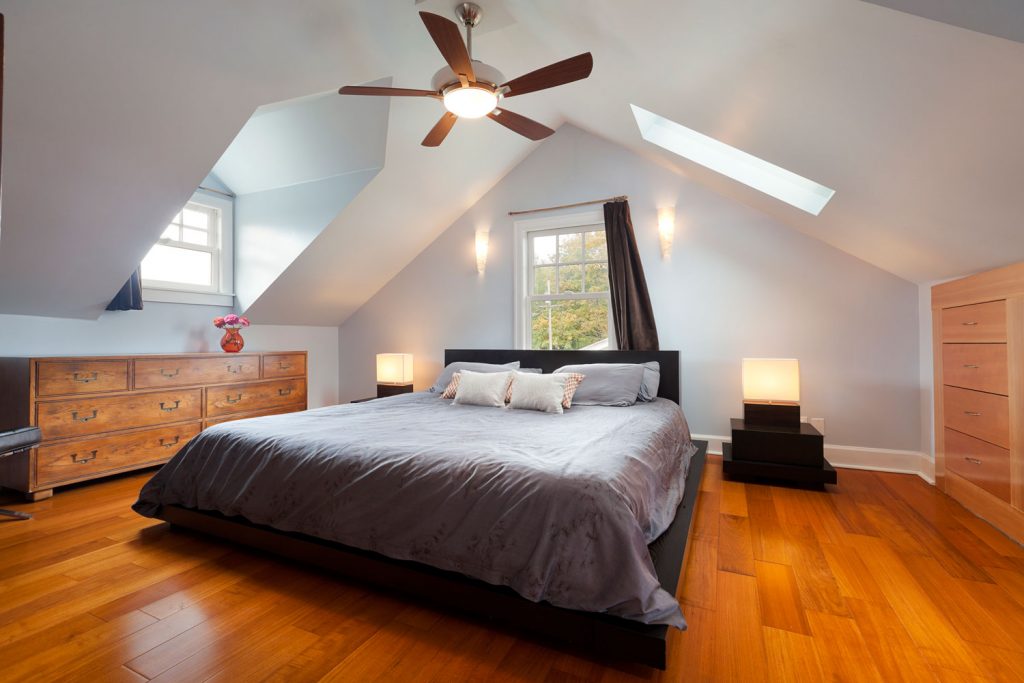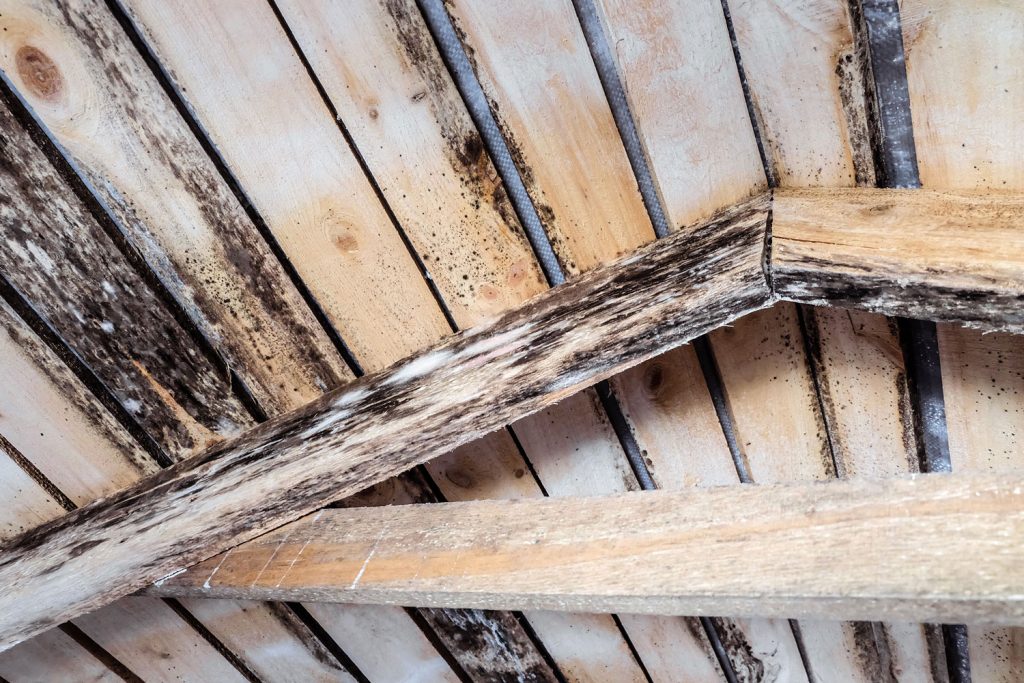Attics tend to be difficult to control temperature and humidity. As a result, many people want to know if there's a way to better control these two variables. In this post, we are going to explore whether or not an attic fan can help with humidity and temperature control.
Yes, attic fans will help with humidity. During the winter, moist air produced by daily activities rises to the attic and gets stuck there. During the summer, the attic can get severely hot and become extremely moist. An attic fan will reduce the workload on your air conditioner as well as help dissipate the humidity.
After finding out that an attic fan will help with humidity, you probably have other questions. Throughout the rest of this article, we will discuss how an attic fan helps with humidity, how much electricity it uses, and answers to several other questions related to this topic.

How Does An Attic Fan Work?
An attic fan helps to circulate air in the attic. It will bring air to within 10 degrees of the outside temperature. As a result, the workload on your air conditioner will be greatly lowered.
During the summertime, a poorly ventilated attic can reach 150 degrees Fahrenheit, which makes your AC unit have to work really hard. When you have an attic fan installed, your cooling unit won't have to run continuously to try to cool down your attic.
In the wintertime, excessive humidity can cause mold to grow in your attic. With an attic fan, this humidity will be minimized by your fan running. As a result, mold won't be able to grow.
How Long Does It Take For Mold To Grow In High Humidity?

When your attic has high humidity, it only takes about 24 to 48 hours for the mold to germinate. It will be visible in about 18 to 21 days. Even before it's visible, you could be breathing in spores. This is why it is important to make sure that your rooms in your home aren't ever too humid. Your house should be at 30 to 50 percent humidity. It is considered to be highly humid once it is above 50%.
Benefits of An Attic Fan
Attic fans are highly useful pieces of equipment. Depending on the season, they have different benefits.
During the summer, it backs up the air conditioner and helps it run efficiently. It also helps the whole house have a lower temperature and extends the life of your roof. Humidity in your attic can cause your roof to start growing mildew and mold, which can erode the roof. Preventing the humidity prevents damage to your roof.
Does An Attic Fan Help In Winter?

Yes, attic fans are genuinely helpful in the winter. Fans aren't just for keeping things cool. During the winter, attic fans will help lower humidity and prevent ice dams from building up.
Ice dams happen when the heat in your attic melts snow on your roof, but the water freezes again once it is under the eaves of your home. These ice dams can cause damage to your gutters, loosen shingles, and cause water to drain into your home. Attic fans will keep your attic within 10 degrees of the temperature outside, which will prevent this.
In addition to preventing damage from your house by ice dams, attic fans will also help provide ventilation to prevent moisture from building up in your vents. As a result, your attic will have lower humidity and less of a chance of mildew and mold growth.
Drawbacks Of An Attic Fan
With everything in life, there are negative aspects. When purchasing an attic fan, it is important to know any negative aspects of it.
Unwanted Noise
Depending on the fan you get, it could cause noise that you aren't used to. A lot of new fans tend to be quiet, but if you purchase a used one, it could be louder. After years of use, your fan may also become noisier.
Installation Issues
When installing your fan, be sure it is properly installed. If it isn't, it can cause leaks and damage to your roof. To completely avoid this problem, choose a fan that can be installed with a gable end instead of directly into the roof.
Carbon Monoxide Poisoning
Having an attic fan can increase your risk of carbon monoxide poisoning. If any of the soffit vents are covered or missing, it can create low atmospheric pressure in the attic that is lower than the rest of the house. This low pressure will pull air from the bottom of the house to the attic. If you have a gas-fired furnace or water heater, exhaust from these appliances can be pulled into living spaces rather than going out the chimney.
To prevent that safety risk, make sure none of your fan vents are plugged and that you have adequate ventilation in your attic. As an added safety measure, put carbon monoxide detectors around your home.
What To Do To Maximize Attic Fan Use
To make sure your attic fan is as effective as it can be, there are three important steps. First, you have to make sure to seal any air leaks and all seam joints at the ducts. Then, make sure insulation is evenly distributed on the attic floor and in the air ducts. Lastly, make sure that there are sufficient air intake vents in the attic.
Does An Attic Fan Use A Lot Of Electricity?
For someone looking to lower their electricity costs, an attic fan is a great idea! Attic fans are extremely efficient and use significantly less electricity than an air conditioner. In addition to being cheaper to run, they make lower your AC's load, making your AC cost less to run as well.
Should An Attic Fan Run All The Time?
When you have an attic fan, you should run the fan during daylight hours. This will help prevent heat from building up and causing problems.
Does An Attic Fan Keep A House Cooler?
Attic fans will keep your house cooler overall. When it is on, the fan will remove hot air from the attic. In turn, the rooms below the attic will also be cooler. As a result, the overall temperature of your house will be lower.
What Is The Best Temperature To Set An Attic Fan?
When you buy an attic fan, you should read the manufacturer's instructions. Most manufacturers recommend setting your attic fan at 100 to 110 degrees Fahrenheit. When you live in a hotter climate, you may need a higher temperature to make sure the fan isn't running constantly.
For people who live in extremely humid climates, you should also install a humidistat. Humidistats can be hooked up to your fan and make it so your fan will come on if your house reaches above a specific humidity level. Most people set their humidistats at 40 to 50 percent humidity.
Click here to see Honeywell humidistat on Amazon.
During the summer, it will operate based on your temperature setting. When winter hits, it will operate your fan based on humidity.
To Sum Up

So, attic fans help with humidity control as well as temperature control. Your attic fan should be properly installed and set to 100 degrees Fahrenheit. Humidistats can also be attached to your fan to better control humidity.
If you enjoyed this article, click the links below to check out other posts on this blog!

